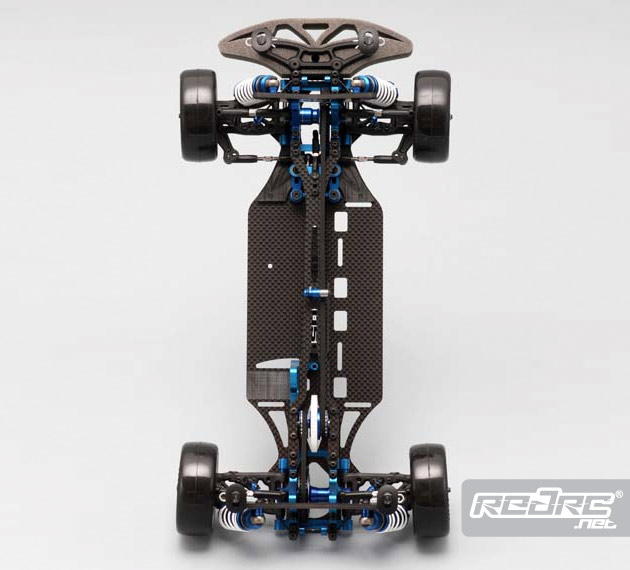A couple months ago I brought my old TC3 off the shelf where it spends all of its time these days and it made me think about how far we have come in touring car design. We have seen a pretty radical change in the overall design of touring cars in the last half decade. The TC3 really brought touring car racing to the forefront as a legitimate class and had a pretty good run as it was the favorite among many racers. There were other designs from three belt, two belt, and other shaft drive cars but none could really match the popularity of the TC3. What seemed like overnight, shaft-drive cars, including the TC3, went extinct and now everyone and his brother has a two belt TC that is really just a copy of the other. Looking back at the TC3 and other "primitive" touring cars, I have a tough time understanding how we dealt with these things! For one, the car couldn't track straight due to its infamous torque steer, especially as batteries and motors evolved. On top of that, the parts quality and adjustability is nothing compared to today. Everything is much simpler to work on but offers a lot more performance and range of adjustability - the best of both worlds.
Now, some companies insist that each year's iteration of the same car is a step towards "optimization" while others have stuck by the same car for the past few years. Everyone has their opinion and preference to each method and really, it's up to the driver if they want to upgrade or stick by old faithful. I've driven various versions of the same platform and they do have their benefits but I can't bring myself to spend $500 each time a "new" car comes out just for the illusion of going faster than before or just showing off a bit at the track. No matter where your wallet and ego approach this decision, I think that the next major evolution to touring cars is coming soon.
New Yokomo BD5 WorldSpec
Hot Bodies Cyclone Prototype as used by Atsushi Hara at the TITC
Heavier brushless motors and ultra-light LiPo batteries have made balancing cars made for NiMH and brushed motors a bit of a challenge. We now have to add a good bit of lead weight, weight trays etc to get everything perfectly balanced. On top of that, for some odd reason, manufacturers still produce their de-jure cars with 6 cell slots, like someone actually uses Ni-MH. You can't tell me that even the slightest minority would buy a brand-spanking new top-of-the-line TC just to throw old Ni-Mh technology in it. I think chassis will come closer and closer to Li-Po/brushless technology while makng balancing easier. XRAY has started this with the ability to flip the belts on the T3 but the chassis still has those six goofy slots in the chassis just to remind us how obscure Ni-Mh is. Some manufacturers have already taken advantage of the new technology in their chassis like Yokomo and Hot Bodies. Last weekend, Ronald Völker was unstoppable in this proto Yokomo. The car no longer had the 6 cell cut outs but slots just for taping lipos. In my mind, this would change the tweak and flex of the car greatly, and if his performance is any indication, for the better. In addition, Hara ran and won with a prototype Hot Bodies chassis at the TITC utilizing similar features. Granted, these two guys are amazing drivers but it's exciting to see the cars finally departing from old ways. For once, I think upgrading to the latest model might be worth it and I'm interested to see what happens from here.
European Indoor Champion Ronald Völker
>>all photos courtesy of Red RC
